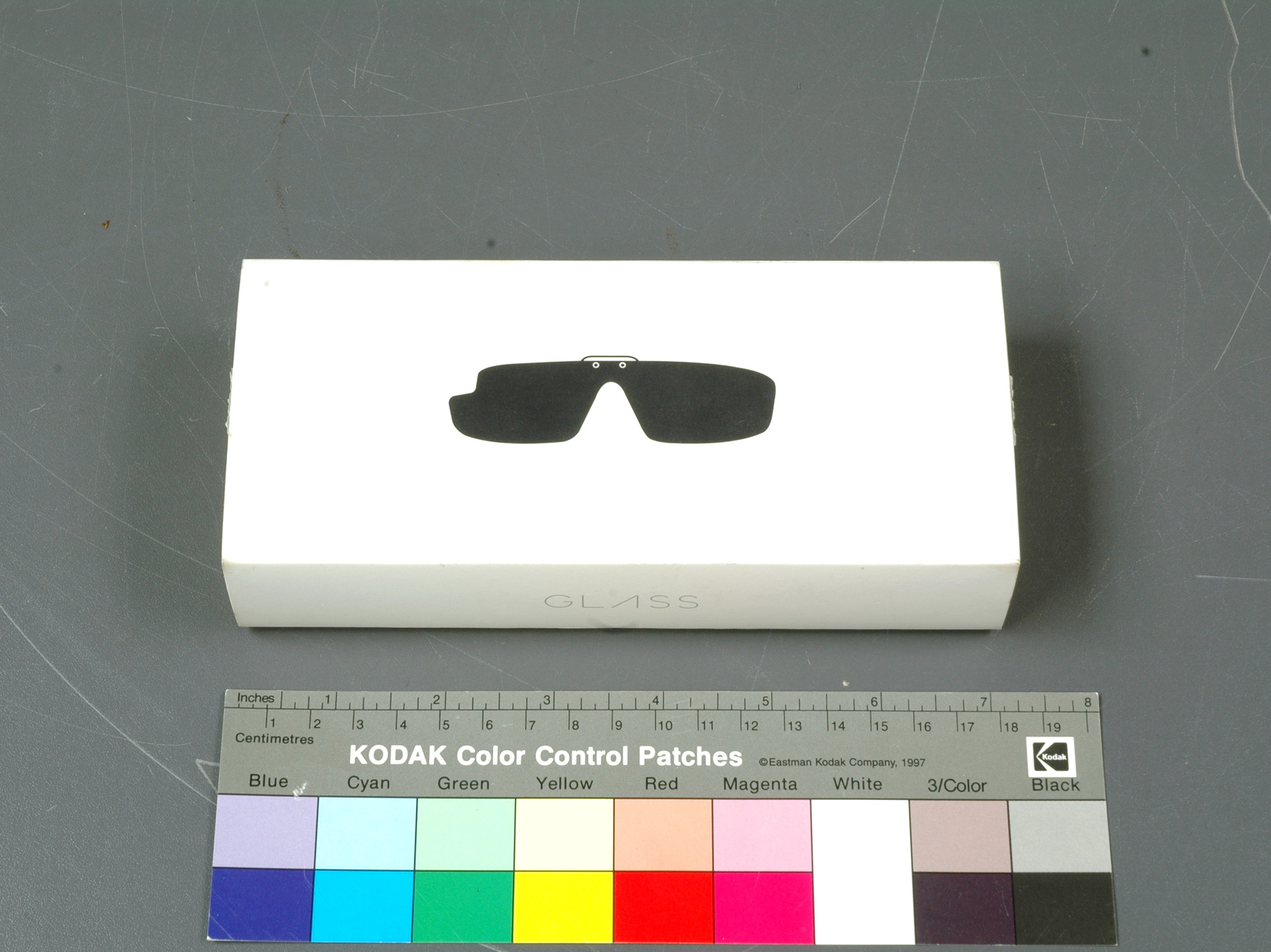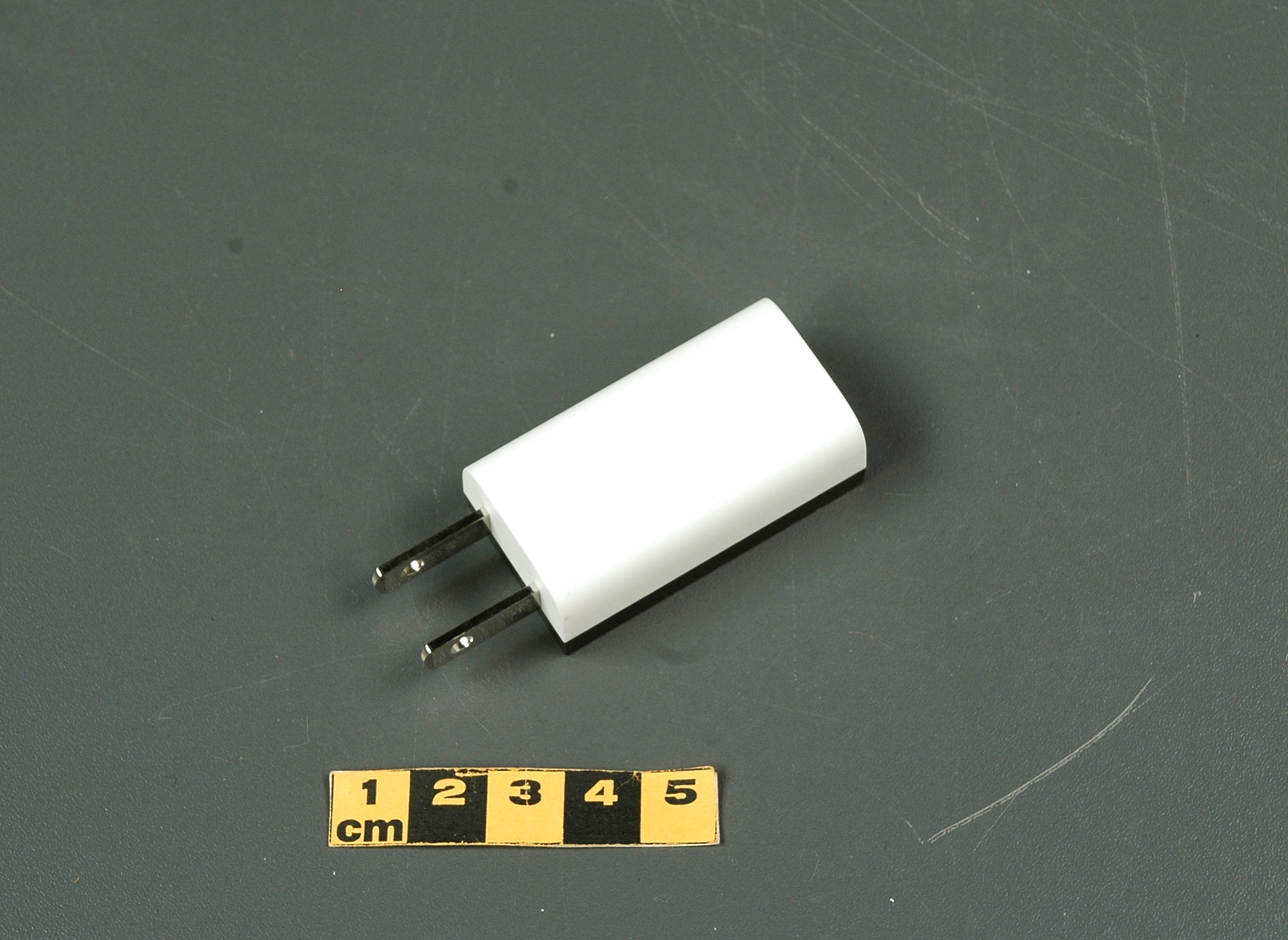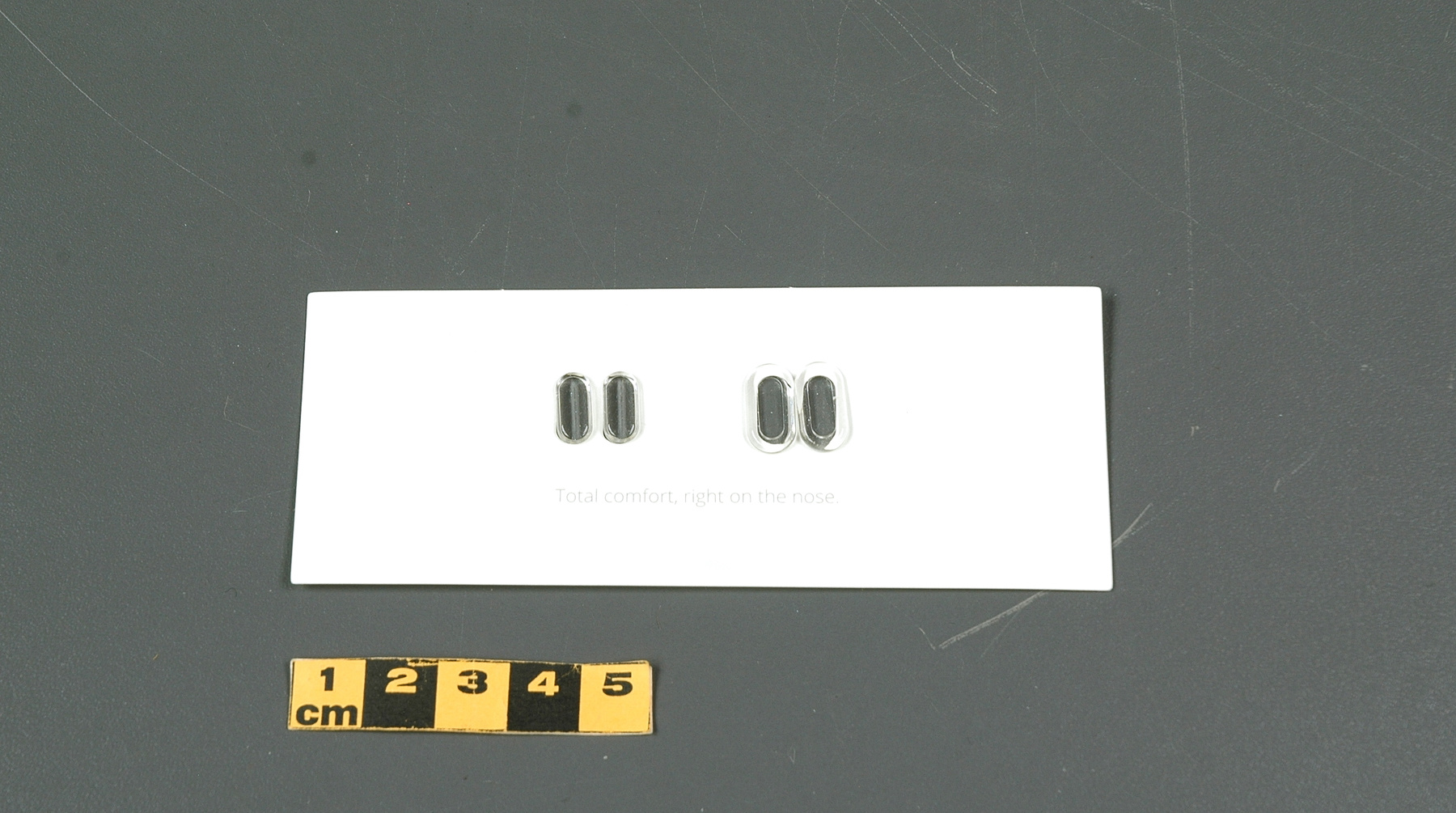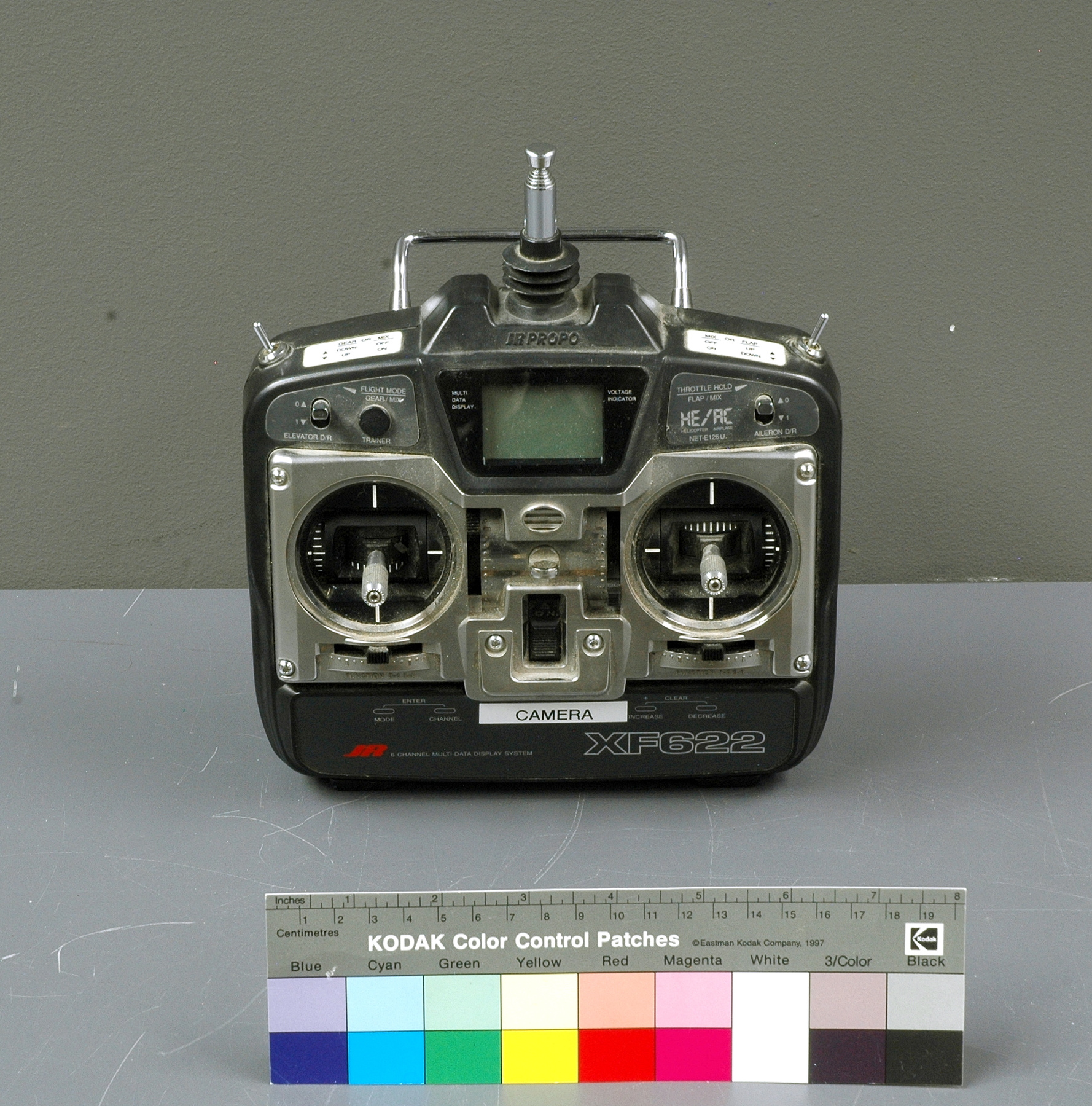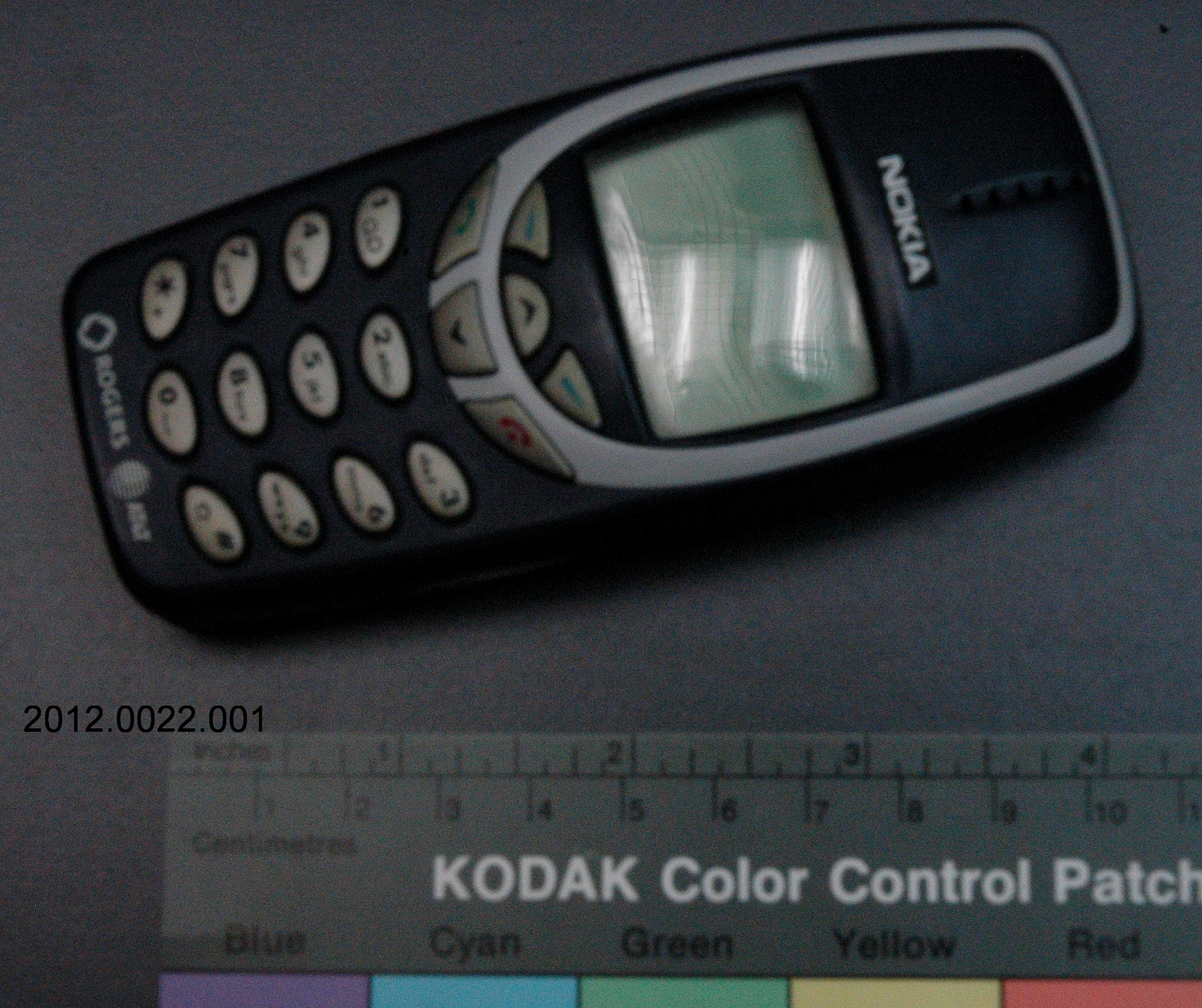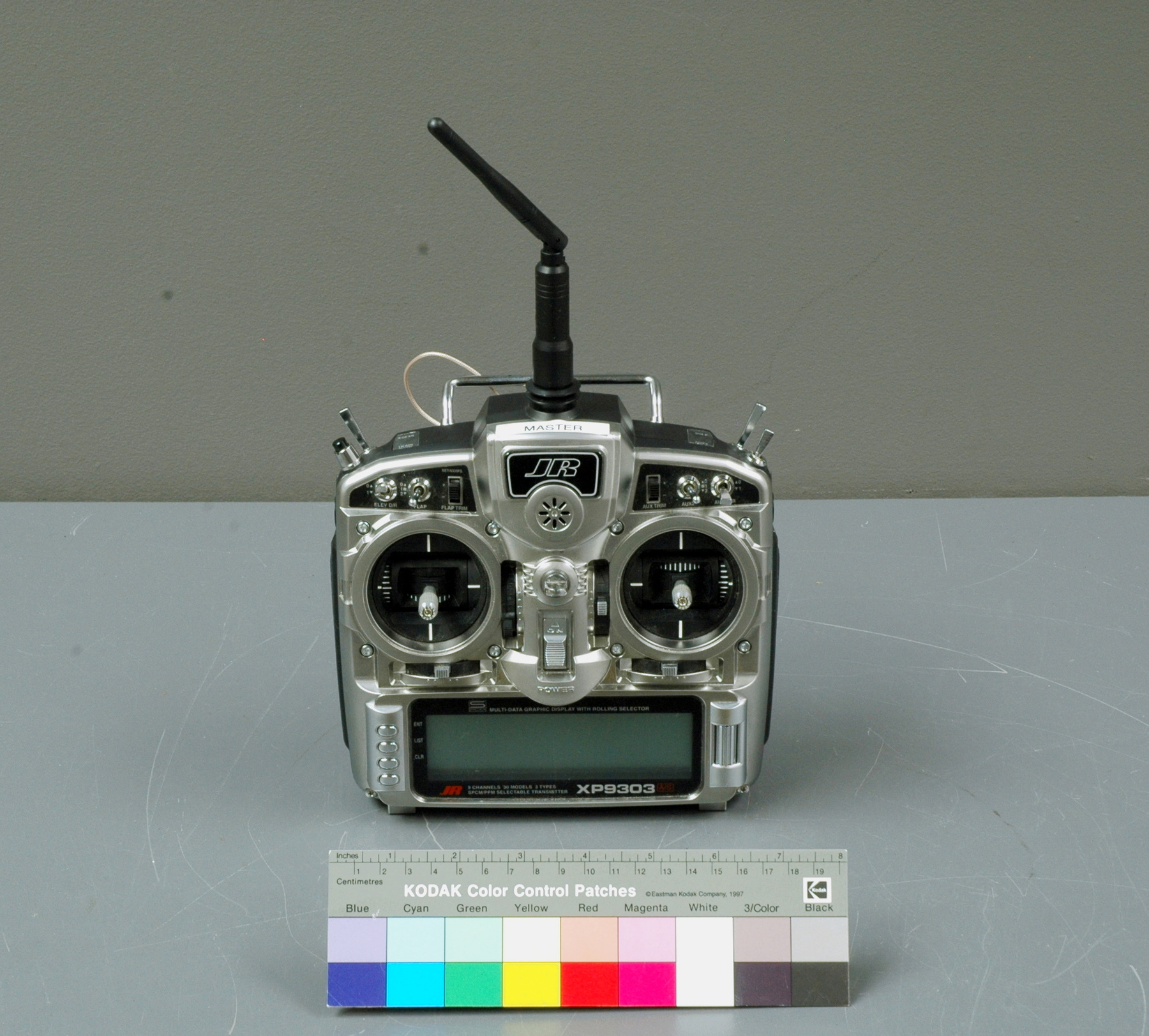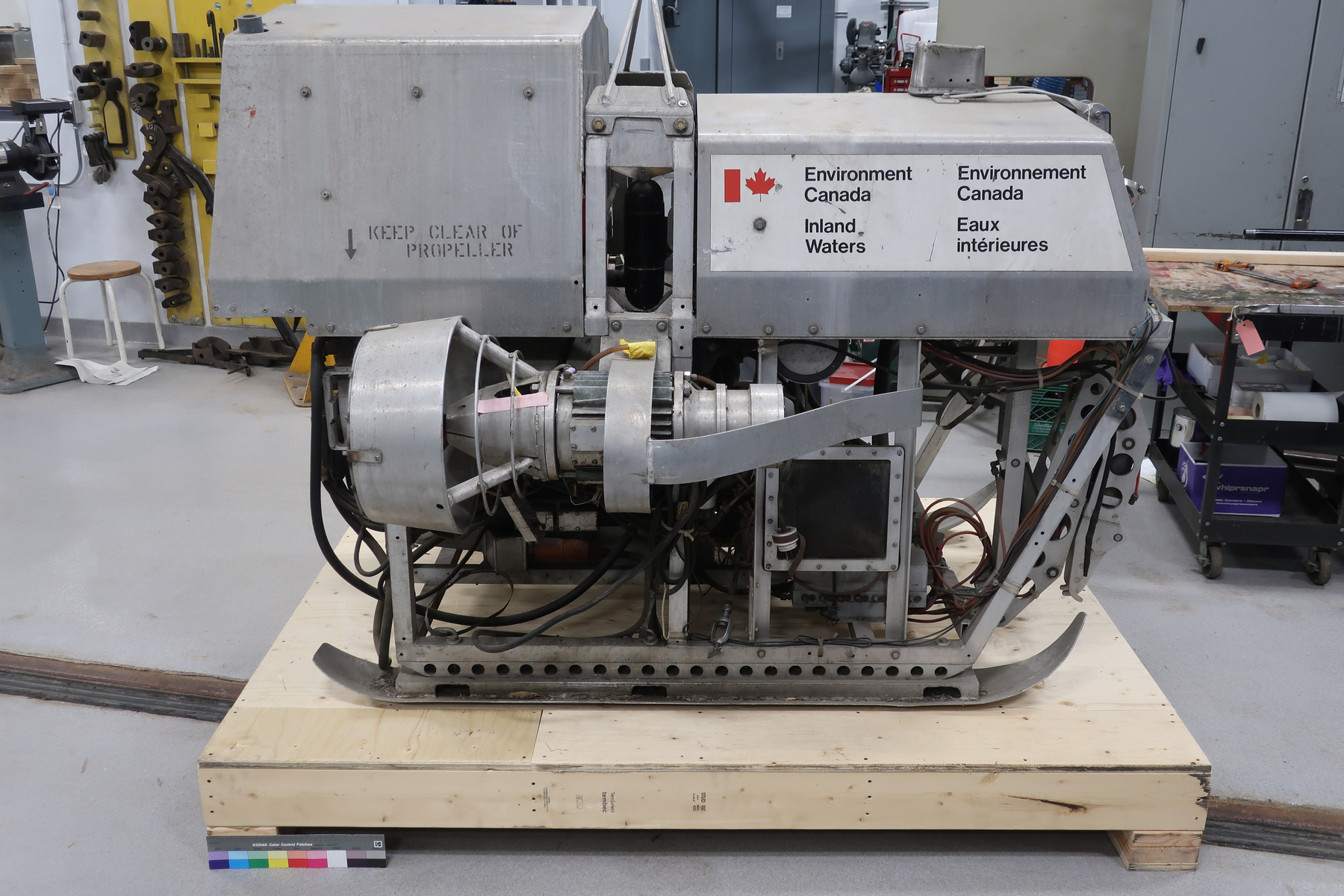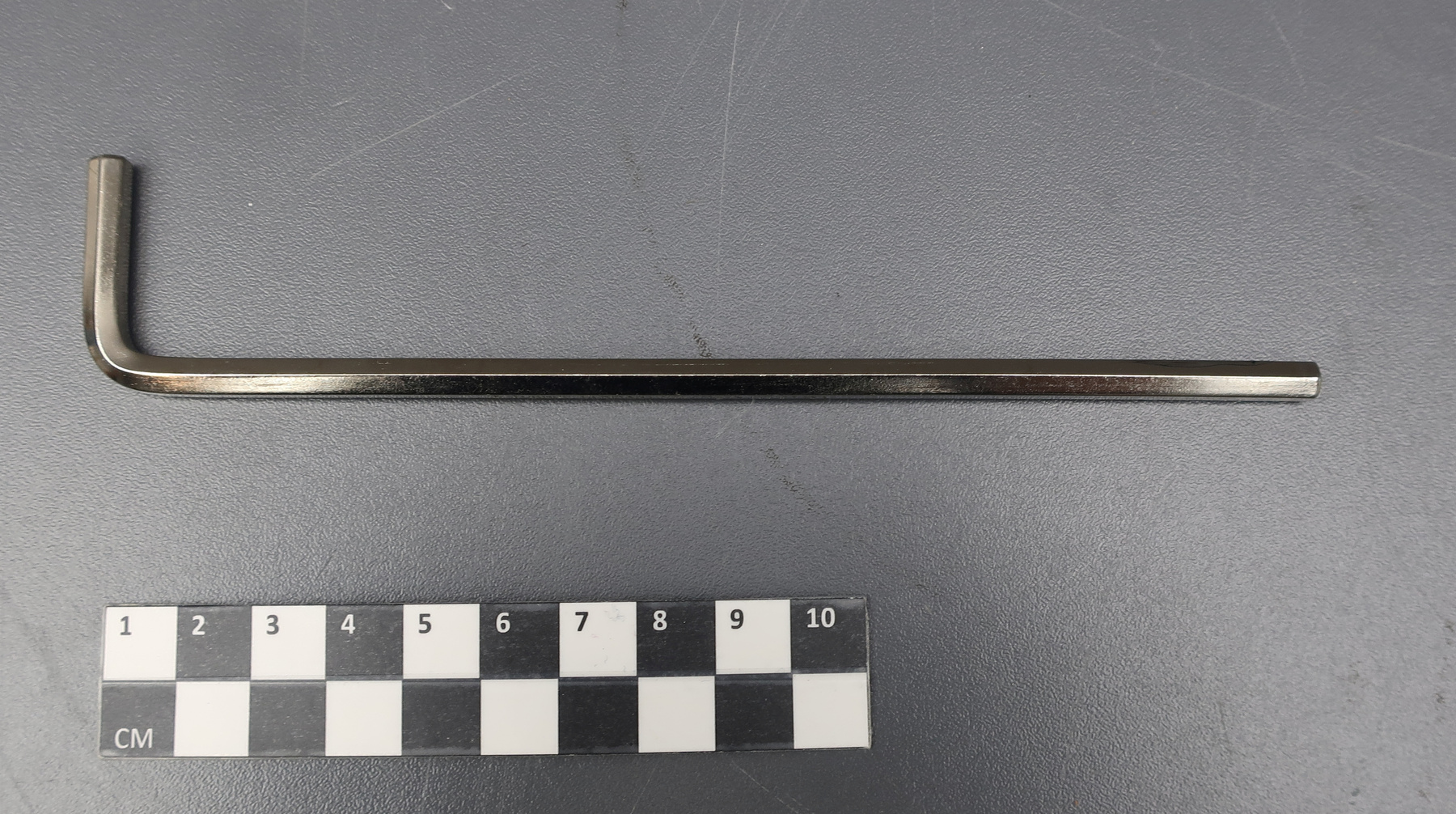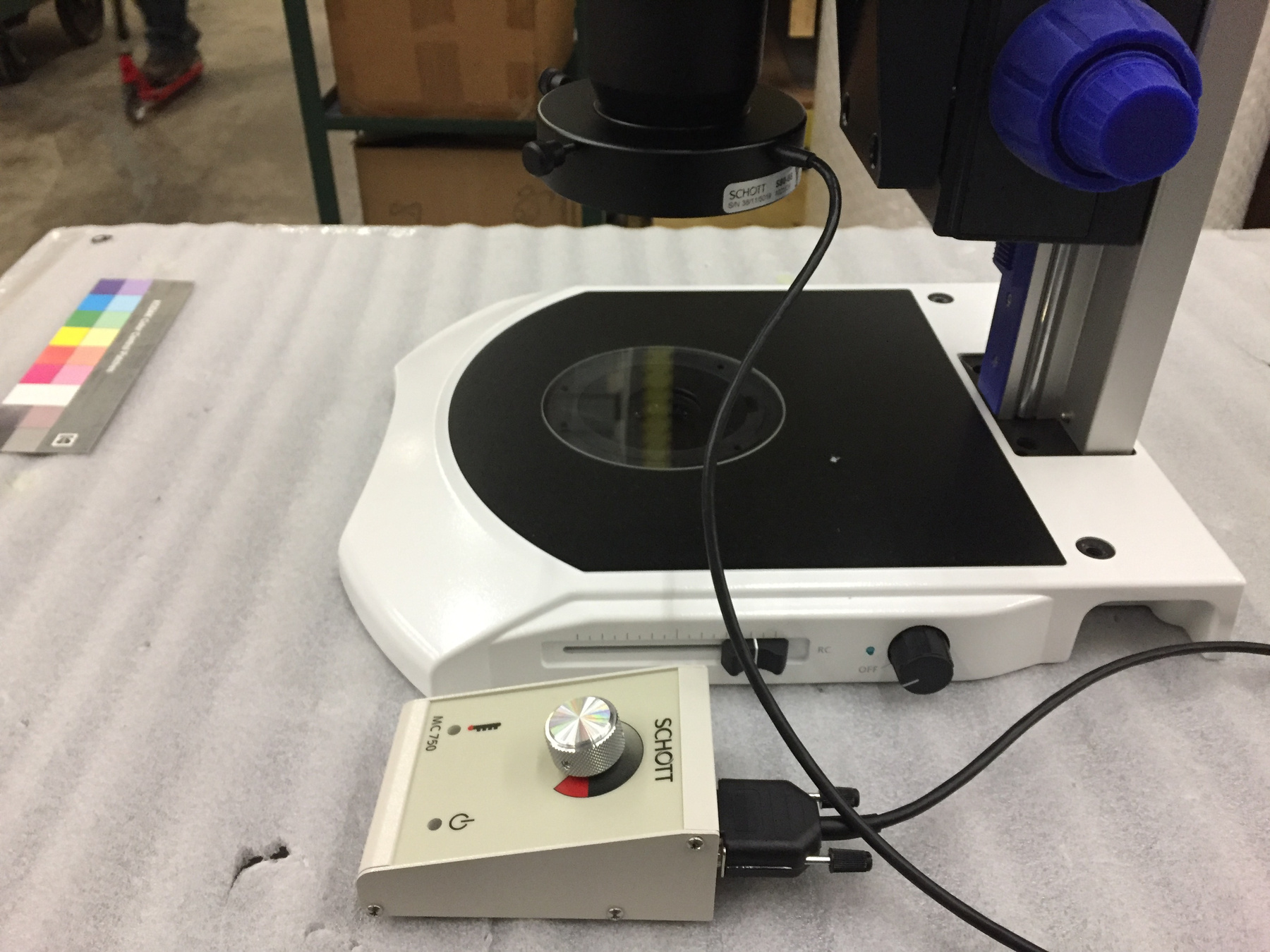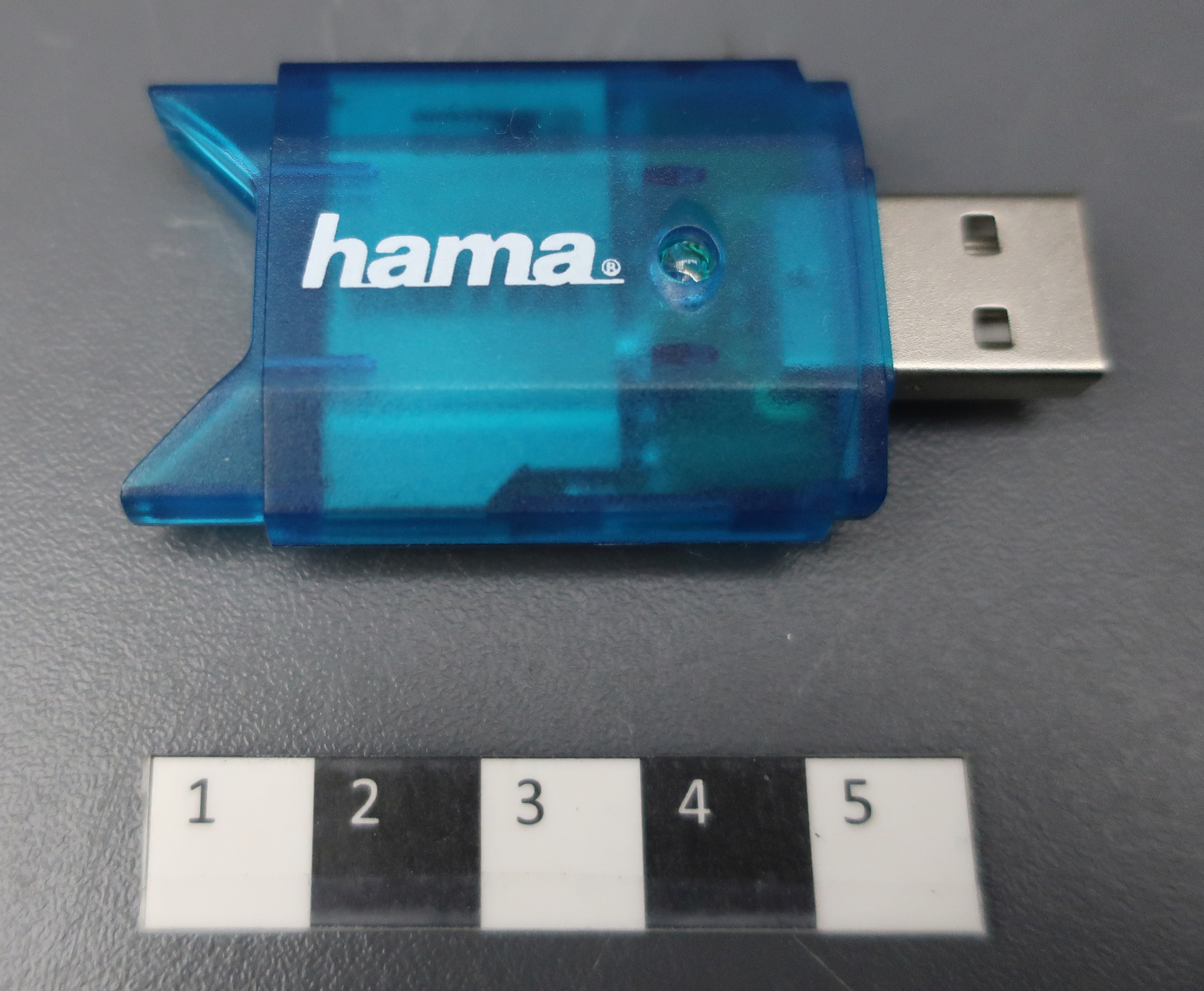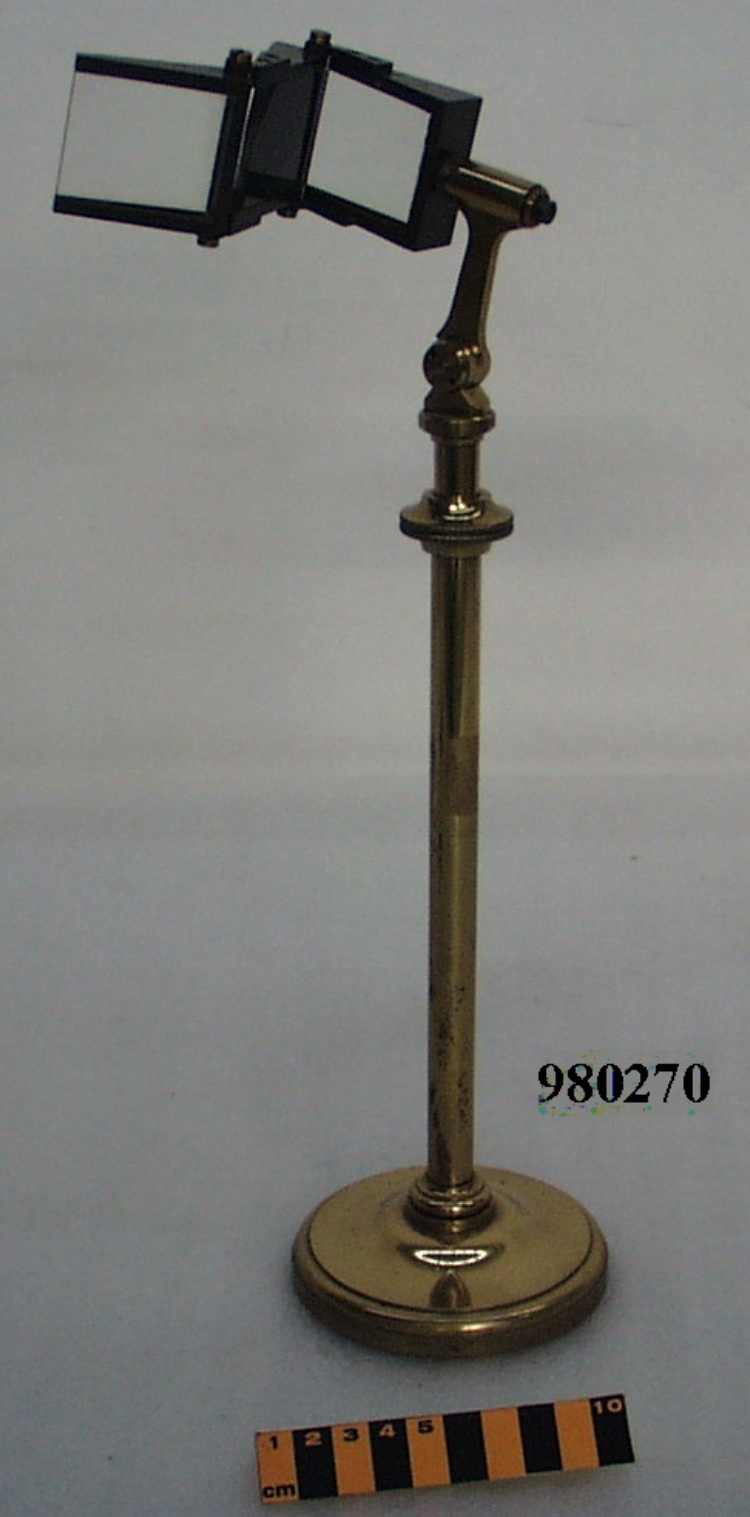Ordinateur
Utiliser cette image
Puis-je réutiliser cette image sans autorisation? Oui
Les images sur le portail de la collection d’Ingenium ont la licence Creative Commons suivante :
Copyright Ingenium / CC BY-NC-ND (Attribution-NonCommercial 4.0 International (CC BY-NC 4.0)
ATTRIBUER CETTE IMAGE
Ingenium,
2016.0010.001
Permalien:
Ingenium diffuse cette image sous le cadre de licence Creative Commons et encourage son téléchargement et sa réutilisation à des fins non commerciales. Veuillez mentionner Ingenium et citer le numéro de l’artefact.
TÉLÉCHARGER L’IMAGEACHETER CETTE IMAGE
Cette image peut être utilisée gratuitement pour des fins non commerciales.
Pour un usage commercial, veuillez consulter nos frais de reproduction et communiquer avec nous pour acheter l’image.
- TYPE D’OBJET
- portable/wearable
- DATE
- 2014
- NUMÉRO DE L’ARTEFACT
- 2016.0010.001
- FABRICANT
- Foxconn
- MODÈLE
- Google Glass Explorer Edition
- EMPLACEMENT
- California, United States of America
Plus d’information
Renseignements généraux
- Nº de série
- S/O
- Nº de partie
- 1
- Nombre total de parties
- 11
- Ou
- S/O
- Brevets
- S/O
- Description générale
- Synthetic frame with synthetic (possible) or glass (possible) prism. Metal accent and nose pad holders.
Dimensions
Remarque : Cette information reflète la taille générale pour l’entreposage et ne représente pas nécessairement les véritables dimensions de l’objet.
- Longueur
- 20,5 cm
- Largeur
- 13,5 cm
- Hauteur
- 3,0 cm
- Épaisseur
- S/O
- Poids
- S/O
- Diamètre
- S/O
- Volume
- S/O
Lexique
- Groupe
- Communications
- Catégorie
- Radio
- Sous-catégorie
- S/O
Fabricant
- Ou
- Foxconn
- Pays
- United States of America
- État/province
- California
- Ville
- Inconnu
Contexte
- Pays
- Canada
- État/province
- Alberta
- Période
- 2014-2015
- Canada
-
Google Glass was the first mass marketed augmented reality head mounted display. Google launched a developer beta test in 2014 in the United States only, meaning that Canadians couldn’t order one. To get around this limitation, some developers, including the donor, had them shipped to post office boxes or addresses in the United States and then forwarded to addresses in Canada. One of the goals of the beta testing was to have developers create functional and practical applications that made use of the features of the Google Glass so when the commercial version launched there would be a selection of programs that the average consumer could download “out of the box.” This also served a secondary marketing purpose where Google would be able to “talk” about all of the wonderful things that consumers could accomplish with Google Glass and what was currently being done to make those dreams into realities. Purchased by Sean Pintaric, an IT Security consultant in Calgary, and a friend with the hopes of developing an App for text/object recognition for cyclists to use or an App for virtual geocaching. Unfortunately for the Beta testers, Google only released a partial API (Application Program Interface) four months before the device was purchased, only releasing the full API eight months after launch. Six months later the beta test had ended and Google had cancelled the Google Glass project. - Fonction
-
The Portable computer head mounted display was designed to act as an augmented reality device. It would, in real time, add layers of digital information to the physical environment as mediated by a small heads up display. The software used could function in any number of ways from informative, to identifying object, to video games. - Technique
-
Like with any new technology that forces the user to redefine the public and the private spaces, Google Glass was not without controversy. One of the biggest concerns was over privacy, etiquette, and ethics of using the headset to record other people in public. Privacy advocates were concerned that people wearing such eyewear may be able to identify strangers in public using already existing facial recognition like found in the “find my face” feature in Google+. Google Glass also ignited discussions about the cyborg and the persistent role of machines in the quotidian. On the other hand, some communities embraced the possibilities of the technology in creating opportunities for real time distance education and medical applications. - Notes sur la région
-
Inconnu
Détails
- Marques
- On inside of proper left arm: "Designed by Google CE Assembled in California"/ Button on proper right arm towards the proper back: "GLASS"
- Manque
- Appears complete
- Fini
- Bright blue synthetic frame with dark metallic accents and a clear prism display.
- Décoration
- S/O
FAIRE RÉFÉRENCE À CET OBJET
Si vous souhaitez publier de l’information sur cet objet de collection, veuillez indiquer ce qui suit :
Foxconn, Ordinateur, vers 2014, Numéro de l'artefact 2016.0010, Ingenium - Musées des sciences et de l'innovation du Canada, http://collection.ingeniumcanada.org/fr/id/2016.0010.001/
RÉTROACTION
Envoyer une question ou un commentaire sur cet artefact.
Plus comme ceci

